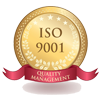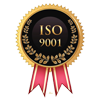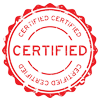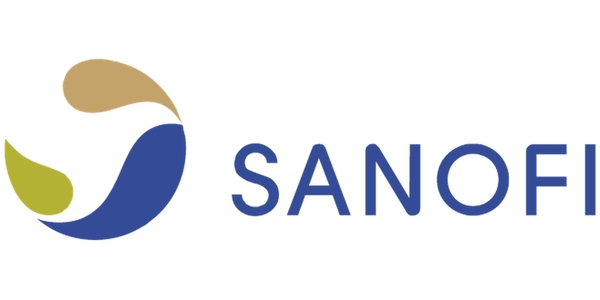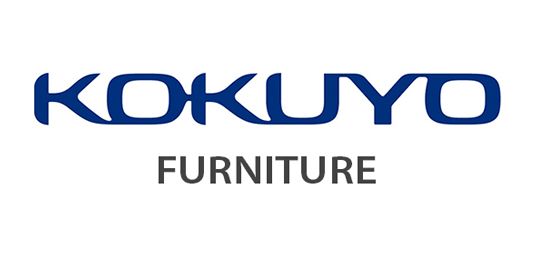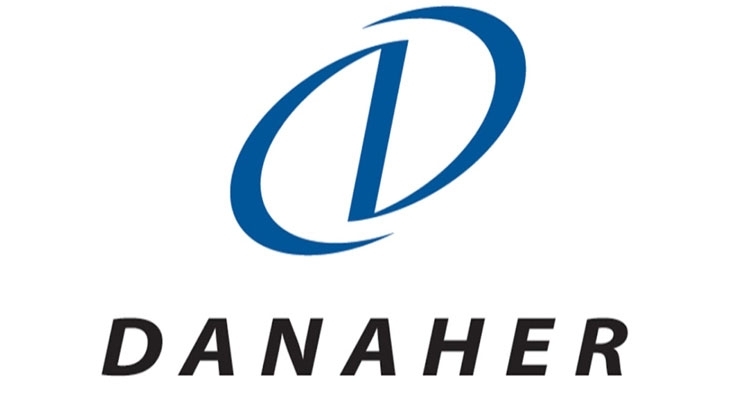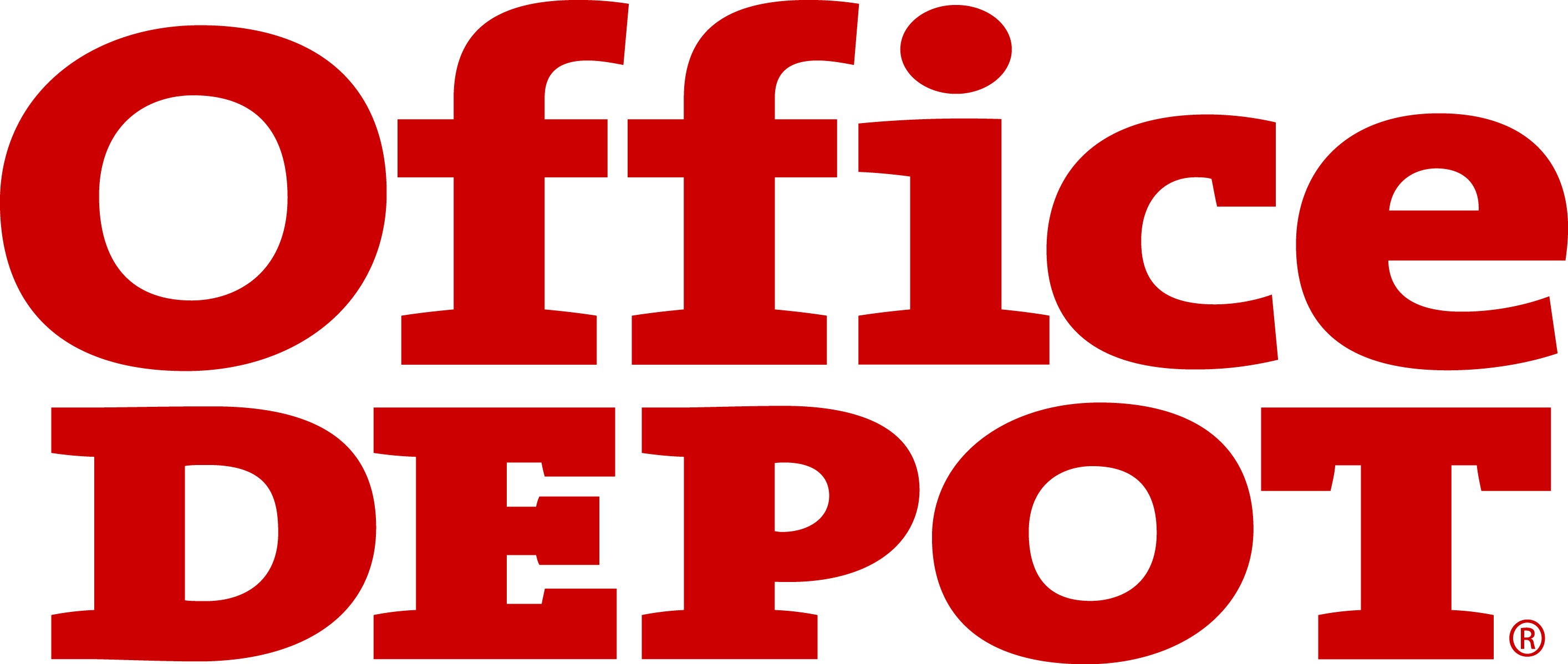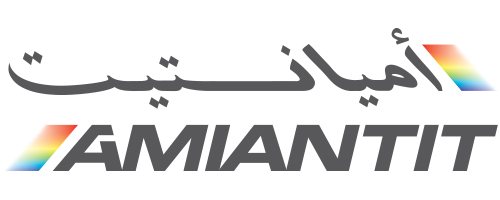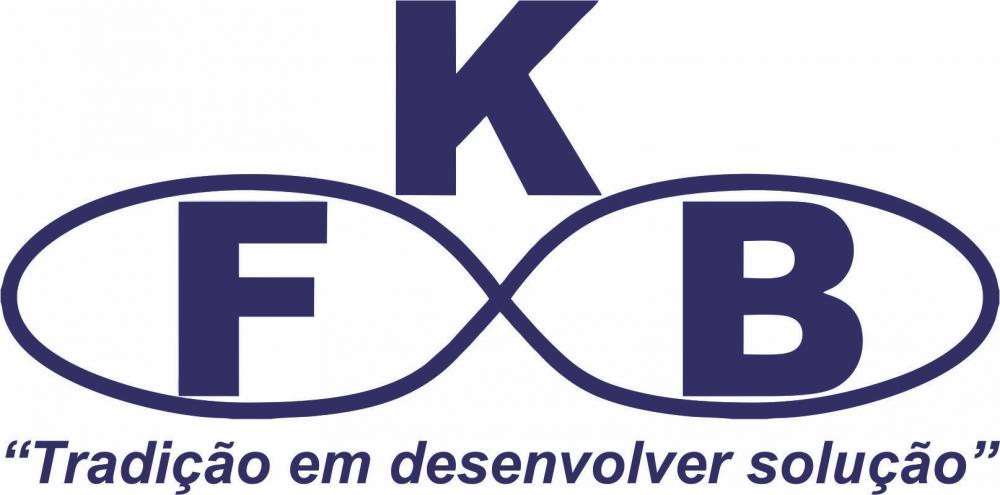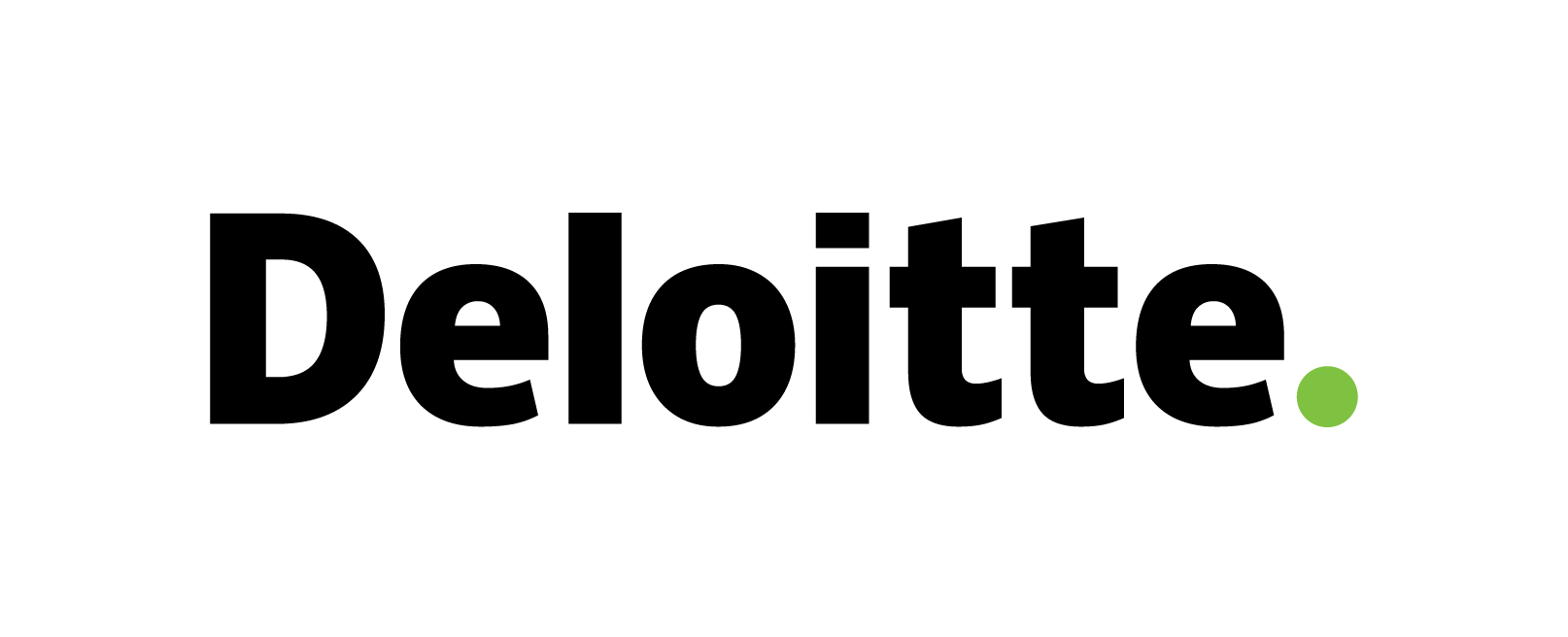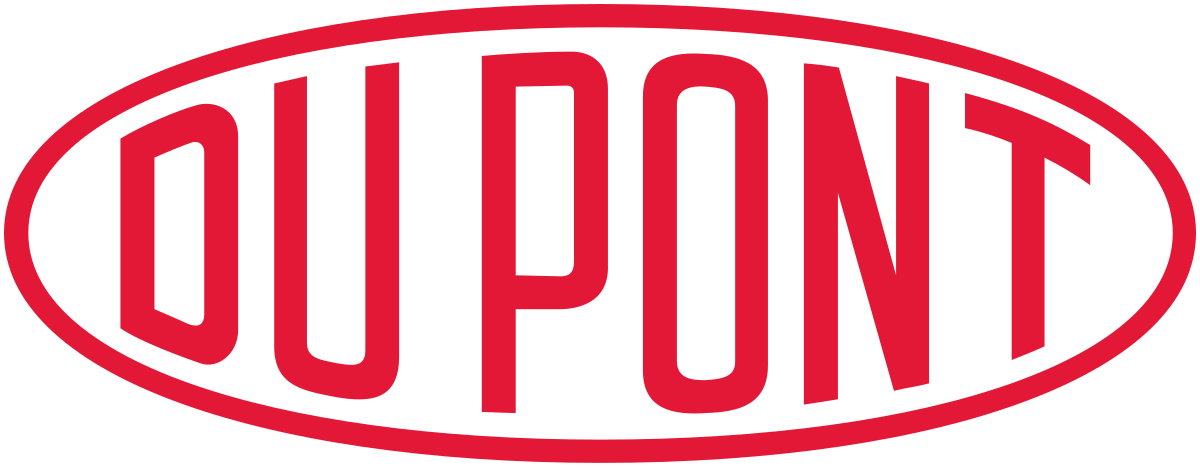Donkey Milk Market By Application (Cosmetics and Personal Care, Food & Beverages); By Form (Liquid, Powder); By Region (North America, Europe, Asia Pacific, Latin America, Middle East & Africa) - Global Market Analysis, Trends, Opportunity and Forecast, 2022-2032
Donkey Milk Market Overview and Definition
The global donkey milk market size was valued at around USD 27.5 million in 2021 and is projected to grow at a compound annual rate of growth (CAGR) of around 10.7% from 2022 to 2032.The market size is projected to succeed in USD 55.4 million by 2032.
The global donkey milk market is projected to reach a CAGR of 10.7% from 2022 to 2032. Donkey milk has recently gained popularity as a dairy alternative and health supplement. It is rich in nutrients, including protein, vitamins, and minerals, and is said to have numerous health benefits, such as improving skin health, boosting immunity, and reducing inflammation.
The global donkey milk market is expected to grow significantly in the coming years due to an increase in demand for natural and organic food products. The rise in health consciousness among consumers and the growing awareness about the benefits of donkey milk are also contributing factors to the market growth.
The milk of a domesticated donkey is known as donkey milk. It has been utilised for cosmetic purposes as well as new born feeding since antiquity. Because of the inclusion of proteins, omega-69 greasy amoio-corrosive, lactose, and mineral, donkey's milk is similar to human mother's milk. Jackass milk is used as a replacement for bovine milk protein sensitivity in little children. Jackass milk contains harmless enhancing irritants that protect new-borns from infections and diseases. Donkey's milk contains a large amount of lysozyme, which protects against harmful bacteria. Furthermore, the mineral content of donkey milk, such as calcium, iron, and liposoluble minerals, to name a few, makes it an exceptional nutraceutical item. Molecules involved in antimicrobial defence, such as lysozyme and lactoferrin, were found among the functional proteins discovered in donkey milk. Donkey milk has a lactoferrin concentration that is halfway between the lower and higher levels of cow milk and human milk.
Donkey Milk Market Key Drivers
There are several key drivers contributing to the growth of the donkey milk market:
Rising demand for natural and organic food products: Consumers are becoming increasingly conscious of their health and are seeking natural and organic food products that are free of harmful chemicals and preservatives. Donkey milk is a natural and organic dairy alternative that is gaining popularity among health-conscious consumers.
Growing awareness of health benefits: Donkey milk is rich in vitamins, minerals, and other nutrients that are essential for good health. As people become more aware of the health benefits of donkey milk, its demand is increasing.
Increasing use in skincare and cosmetic products: Donkey milk is being increasingly used in skincare and cosmetic products due to its nourishing and moisturizing properties. It is also said to have anti-aging and skin-healing properties, which make it a popular ingredient in skincare products.
Growing popularity of dairy alternatives: With a growing number of people opting for dairy-free and lactose-free diets, the demand for dairy alternatives, including donkey milk, is increasing.
Expansion of distribution channels: The growing demand for donkey milk is leading to the expansion of distribution channels, including online platforms, supermarkets, and specialty stores. This is making it easier for consumers to access donkey milk products and is contributing to market growth.
Donkeys' milk, according to the Food and Agriculture Organization, can be a valuable source of dietary energy, fat, and protein when combined with a healthy diet, milk, and dairy products. Because donkey milk is a high source of micronutrients, it is an important component in the fight against malnutrition in developing nations. The growing use of donkey milk in the close-by consideration industry as a key repair in various corrective items is driving the global donkey milk market.
Donkey's milk is used in cosmetics such as creams, cleansers, and lotions. Donkey's milk is also a significant source of cancer-prevention agents and vitamins. Basic nutrients such as A, B1, B2, B6, D, and C, as well as magnesium, calcium, zinc, and phosphorous, are included. Despite this, jackass milk has issues such as limited milk production. Furthermore, because of the availability of low-cost milks such as bovine milk, wild ox milk, and goat milk, to name a few, buyers are less inclined to consume donkey milk. Donkey's milk is the newest animal milk craze, with contents that are similar to human breast milk in terms of lactose, protein, and ash.
The global donkey milk market is driven by increased use of donkey milk in food and drinks, increased use of donkey milk in the cosmetics industry, and increased consumption of donkey milk by health-conscious consumers. However, the market's expansion is hampered by a lack of understanding of donkey milk and its expensive price. The rise in social media awareness, on the other hand, is projected to provide market players with a plethora of chances in the near future.
Donkey Milk Market Challenges
Despite the growing popularity of donkey milk and its potential benefits, there are several challenges that the market is facing:
Limited availability of donkeys: Donkeys are not as commonly raised as cows or goats, which can make it difficult to obtain enough milk to meet the growing demand. The limited availability of donkeys is a significant challenge for the growth of the donkey milk market.
High cost of production: The production of donkey milk is a labor-intensive and time-consuming process, which can result in high costs. This can make it difficult for companies to compete with other dairy products that are cheaper to produce.
Lack of standardization and quality control: There is currently a lack of standardization and quality control measures in place for the production and distribution of donkey milk. This can result in inconsistent quality and make it difficult for consumers to trust the products.
Lack of awareness and understanding: Despite its potential health benefits, many people are still unaware of the benefits of donkey milk and may be hesitant to try it. Additionally, there is a lack of scientific research on the benefits of donkey milk, which can further contribute to consumer hesitation.
Competition from other dairy alternatives: There are many other dairy alternatives on the market, such as almond milk, soy milk, and oat milk, which can compete with donkey milk. These alternatives may be more widely available and have lower costs, which can make them more attractive to consumers.
Donkey Milk Market : Report Scope |
|
|
Base Year Market Size |
2021 |
|
Forecast Year Market Size |
2022-2032 |
|
CAGR Value |
9.7% |
|
Segmentation |
|
|
Challenges |
|
|
Growth Drivers |
|
Donkey Milk Market Segmentation
The global donkey milk market can be segmented based on product type, end-use, and geography:
- By Application
- Cosmetics and Personal Care
- Food & Beverages
- By Form
- Liquid
- Powder
- By Geography
- North America (U.S., and Canada)
- Europe (U.K., Germany, France, Italy, Spain, Russia, NORDIC, Rest of Europe)
- Asia-Pacific (Japan, China, India, Indonesia, Malaysia, Australia, Rest of Asia-Pacific)
- Latin America (Mexico, Argentina, Rest of Latin America)
- Middle East and Africa (Israel, GCC North Africa, South Africa, Rest of the Middle East and Africa)
Donkey Milk Market Regional Analysis
The global donkey milk market is segmented into five regions: North America, Europe, Asia-Pacific, South America, and the Middle East and Africa.
North America: North America is a growing market for donkey milk, driven by the increasing demand for natural and organic food products. The United States is the largest market in the region, followed by Canada.
Europe: Europe is the largest market for donkey milk, driven by the increasing awareness of the health benefits. France, Germany, and the United Kingdom are the largest markets in the region.
Asia-Pacific: The Asia-Pacific region is a growing market for donkey milk, driven by the increasing use in skincare and cosmetic products. China is the largest market in the region, followed by Japan and Australia.
South America: South America is a growing market for donkey milk, driven by the expansion of distribution channels. Brazil is the largest market in the region, followed by Argentina.
Europe is the largest market for donkey milk, followed by Asia-Pacific. This is due to the growing demand for natural and organic food products and the increasing awareness of the health benefits of donkey milk in these regions. The market in North America and South America is also growing due to the increasing demand for dairy alternatives.
Donkey Milk Market Latest Trends
Equidae, which also comprises horses and zebras, includes donkeys. Domesticated donkeys come in a variety of kinds and, like many other mammals, female donkeys, known as jennies, have been raised for their milk for thousands of years. Donkey milk has been used for medical and cosmetic purposes for a long time. Hippocrates is said to have used it to treat arthritis, coughs, and wounds. Donkey milk baths are claimed to have kept Cleopatra's skin silky and flawless. It has antibacterial qualities and is used as a folk medicine remedy in regions of Africa and India for illnesses such as whooping cough and viruses. Donkey milk most closely matches human breast milk when compared to milk from other dairy animals such as cows, goats, sheep, buffalo, and camels. It was first used to feed orphaned children in the nineteenth century.
Donkey Milk Market: Recent Developments
There have been several recent developments in the global donkey milk market:
New product launches: Several companies have launched new products that utilize donkey milk, such as skincare creams, nutritional supplements, and food and beverage products. This has helped to expand the market and raise awareness of the benefits of donkey milk.
Growing demand for natural and organic products: The demand for natural and organic food products is growing globally, which has helped to drive the growth of the donkey milk market. Consumers are increasingly looking for natural and organic alternatives to traditional dairy products, and donkey milk is seen as a viable alternative.
Increase in scientific research: There has been an increase in scientific research on the health benefits of donkey milk, which has helped to raise awareness and promote the product. This research has focused on the potential benefits of donkey milk for skin health, immune system support, and other health benefits.
Expansion of distribution channels: Companies in the donkey milk market are expanding their distribution channels to reach a wider range of customers. This includes the expansion of online sales, which has become an important sales channel for many companies.
Growing demand in Asia-Pacific: The demand for donkey milk is growing rapidly in the Asia-Pacific region, driven by the increasing demand for natural and organic food products and the growing awareness of the health benefits of donkey milk. Companies are targeting this region to expand their market share.
Donkey Milk Market: Key Players
- The Donkey Dairy PTY LTD
- The White Sea & Baltic Company Limited
- Dolphin IBA
- Donna Tina Farm
- Eurolactis Italia Srl
- Golden Donkeys Farm
- Hellenic Asinus Farms
- Stephenson Group Ltd
- Vro Enterprises
- Asinus Atlanticus S. A.

Need Customized Report for Your Business ?
Utilize the Power of Customized Research Aligned with Your Business Goals
Request for Customized Report- Quick Contact -
- ISO Certified Logo -
